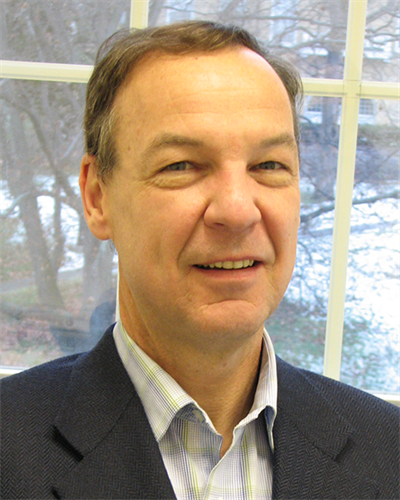Research/Areas of Interest
Mathematical models of material behavior; Nonlinear magneto- and electromechanical interactions; Biomechanics of soft materials; Rubber elasticity and inelasticity
Education
- Ph.D., University of California Los Angeles, Los Angeles, United States
- M.Sc., University of California Los Angeles, Los Angeles, United States
- Laurea, University of Padova, Italy
Biography
The nonlinear behavior of materials capable of large deformations, particularly the experimental, analytical and numerical aspects of the mechanical response. Theories of finite
strains applied to biomechanics, damage mechanics, fiber-reinforced tissues, and nonlinear electro-magneto-mechanical coupling. My publications contain concise theories and
important applications directed toward characterizing the mechanical phenomena. The
research is interconnected and covers the three areas:
1. The experimental characterization of highly deformable materials as a crucial prerequisite to the formulation of mathematical models capable to describe their mechanical response. I am interested in a broad range of materials, including elastomers,
natural fibers, cellular materials, biological tissues and functional polymers.
2. The constitutive modeling (mathematical models of material behavior) focuses on the development of nonlinear mathematical models capable to describe the mechanical response of materials subject to finite deformations. Applications of these theories have been extended beyond traditional rubberlike solids and are now used for biological and engineered tissues, functional constructs at the macroscopic level and their cellular and molecular components.
I investigate fundamental aspects of nonlinear electro-mechanical and magneto mechanical coupling at the static level and have significantly improved our understanding of the electro-magneto-mechanical interactions. The long-term objective is to understand how electro-magnetic forces interact with highly deformable solids and to explore the use of electro-magnetic fields to control their deformation and motion.
3. The accuracy and potential impact of results from numerical simulations using, for example, the finite element method are directly dependent on the selection of realistic constitutive models. Therefore, I have interest and expertise in implementing constitutive laws into nonlinear finite element codes.
strains applied to biomechanics, damage mechanics, fiber-reinforced tissues, and nonlinear electro-magneto-mechanical coupling. My publications contain concise theories and
important applications directed toward characterizing the mechanical phenomena. The
research is interconnected and covers the three areas:
1. The experimental characterization of highly deformable materials as a crucial prerequisite to the formulation of mathematical models capable to describe their mechanical response. I am interested in a broad range of materials, including elastomers,
natural fibers, cellular materials, biological tissues and functional polymers.
2. The constitutive modeling (mathematical models of material behavior) focuses on the development of nonlinear mathematical models capable to describe the mechanical response of materials subject to finite deformations. Applications of these theories have been extended beyond traditional rubberlike solids and are now used for biological and engineered tissues, functional constructs at the macroscopic level and their cellular and molecular components.
I investigate fundamental aspects of nonlinear electro-mechanical and magneto mechanical coupling at the static level and have significantly improved our understanding of the electro-magneto-mechanical interactions. The long-term objective is to understand how electro-magnetic forces interact with highly deformable solids and to explore the use of electro-magnetic fields to control their deformation and motion.
3. The accuracy and potential impact of results from numerical simulations using, for example, the finite element method are directly dependent on the selection of realistic constitutive models. Therefore, I have interest and expertise in implementing constitutive laws into nonlinear finite element codes.
